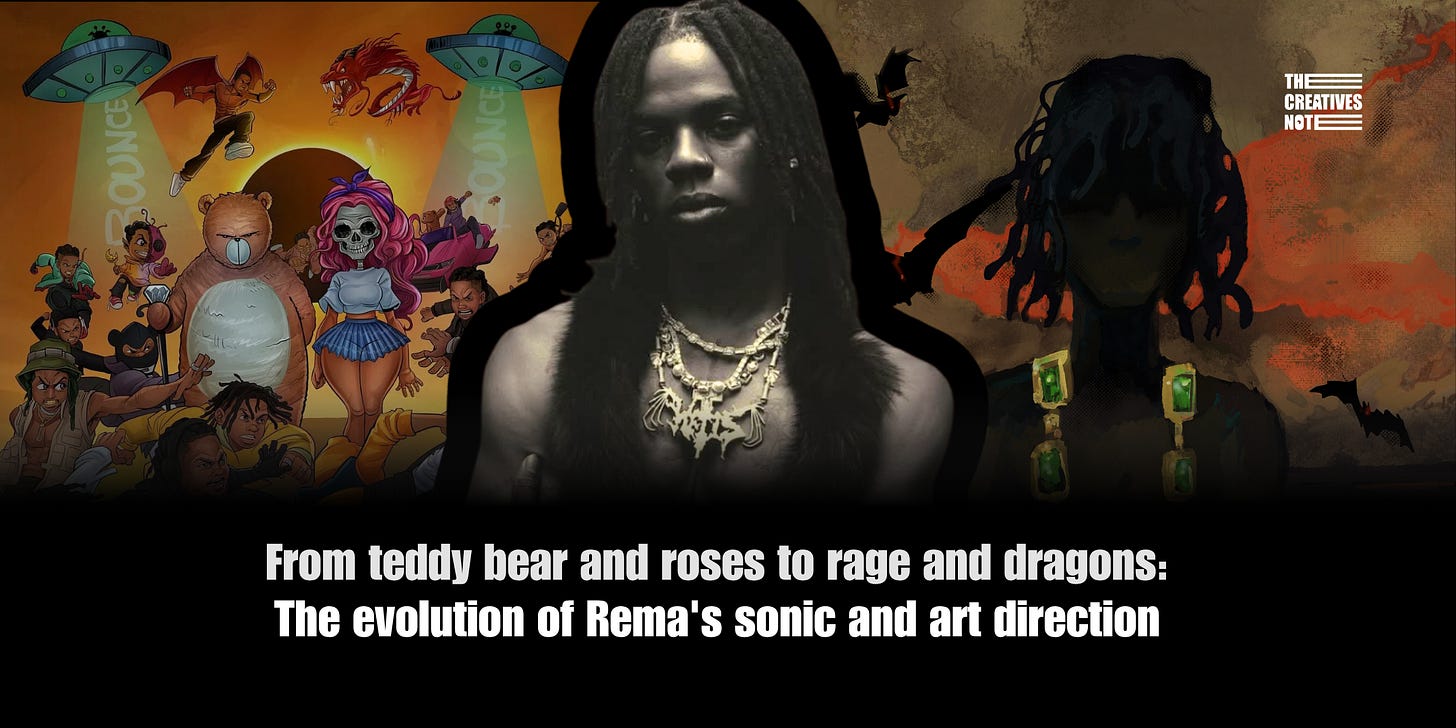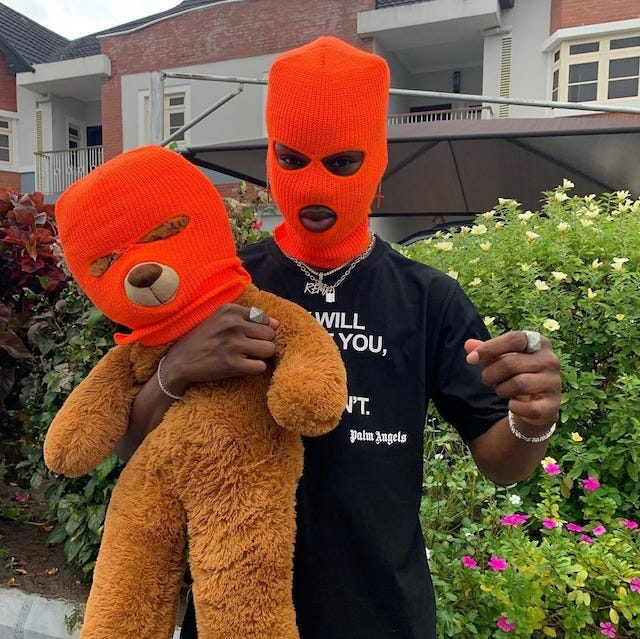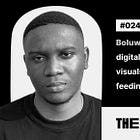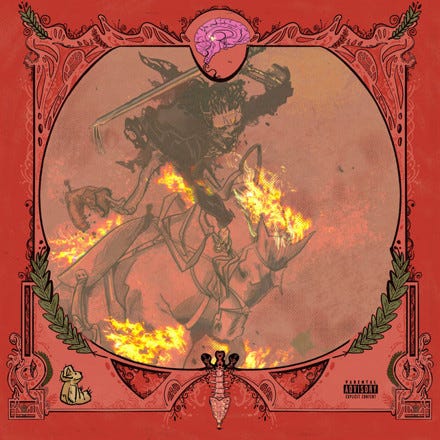From teddy bear and roses to rage and dragons: The evolution of Rema's sonic and art direction
Rema decodes the hidden messages in his music art covers over the years and reveals the thinking behind the evolution of his sonic and art direction on the first anniversary of his sophomore album
When Rema, the Nigerian singer-songwriter, rapper, and self-proclaimed Prince of Afrobeats, dropped his sophomore album “HEIS” in 2024, it sparked a lot of conversations. Aside from the conversation around the sonic direction, the art direction for the album and set design for his live shows leading to the release of the project was a topic of conversation.
Rema, born Divine Ikubor, at the age of 17 first gained the attention of D’prince, who will eventually sign him in 2019 to Jonzing World, Mavin’s first ever imprint record label, through his entry—a 1-minute freestyle— in D’Prince’s “Gucci Gang” challenge. After the announcement of his signing to the label, he was then introduced to the world with a self-titled EP, ‘REMA’, which brought a fresh sound to the airwaves. And a big part of his visual aesthetic at the time was a ski mask and a teddy bear, which featured in his music cover arts, videos, and live performances.
However, in recent years, Rema has left out the teddy bear as a part of his costume and shredded the boyish and innocent aesthetic he portrayed in the early years (leading to Rave and Roses) for something more gothic and dark.
Read Also
For his second album, Rema tapped Nigerian multi-disciplinary designer, Niyi Okeowo, to design an identity for the album title. “We got the brief that [Rema] wanted something that would read the same, front and back [like a palindrome], but with gothic elements that would spell ‘he is,’” Okeowo, who collaborated with Boluwatife Sonaike on the project, told Native Mag.
The ‘HE IS’ logo, which early sketches were inspired by bats, was built on riot imagery, according to Okeowo. “We also noticed he had been leaning towards that anarchy, rager, and riot direction so it was a no-brainer. We had about seven versions of the logo,” Okeowo shared.
![HEIS logo and concept ideas by niyiokeowo [Illustration by Tifetheillustrator]](https://substackcdn.com/image/fetch/$s_!YZQR!,w_720,c_limit,f_auto,q_auto:good,fl_progressive:steep/https%3A%2F%2Fsubstack-post-media.s3.amazonaws.com%2Fpublic%2Fimages%2F4aa7157a-e62e-4603-a2c0-d2a4a8db8f7b_1080x1080.jpeg)
![HEIS logo and concept ideas by niyiokeowo [Illustration by Tifetheillustrator]](https://substackcdn.com/image/fetch/$s_!BBBk!,w_720,c_limit,f_auto,q_auto:good,fl_progressive:steep/https%3A%2F%2Fsubstack-post-media.s3.amazonaws.com%2Fpublic%2Fimages%2Fc71f329e-6849-4c27-92eb-6ae9160a6735_1080x1080.jpeg)
![HEIS logo and concept ideas by niyiokeowo [Illustration by Tifetheillustrator]](https://substackcdn.com/image/fetch/$s_!gPdd!,w_720,c_limit,f_auto,q_auto:good,fl_progressive:steep/https%3A%2F%2Fsubstack-post-media.s3.amazonaws.com%2Fpublic%2Fimages%2Faa492745-da4d-44f1-994e-c6fcecf82ff5_1080x1080.jpeg)
![HEIS logo and concept ideas by niyiokeowo [Illustration by Tifetheillustrator]](https://substackcdn.com/image/fetch/$s_!Zkbv!,w_720,c_limit,f_auto,q_auto:good,fl_progressive:steep/https%3A%2F%2Fsubstack-post-media.s3.amazonaws.com%2Fpublic%2Fimages%2F6366118a-a0a5-4943-a62b-ac5ec394c0cb_1080x1080.jpeg)
Interestingly, the bat imagery referenced for the identity, which has also featured in his videos and set design during live performances, ties back to Rema’s Benin origin and heritage (because bats are a notable feature of Benin City, with some people even associating them with the city's identity). Rema, who has always been vocal and proud of his Benin origin right from the beginning, even collaborated with Shallipopi, another Afrobeat sensation from Benin, on a song titled “Benin Boys” in the album, and continues to reference other Benin artifacts in his art direction across his music videos and stage designs.
Recently, in a series of posts on X, on the one year anniversary of the release of the widely polarizing and critically acclaimed body of work — that earned him his first Grammy nomination for Best Global Music Performance — Rema, in what he referred to as an ‘Author’s note’, reflects on the inspiration behind the album and the evolution of his sound and art direction.
In his first post, he wrote, “HEIS, the Anniversary. I expressed a lot of surface level reasons why I released this project over a course of interviews when it came out but, here are few ‘SYMBOLIC’ details that wrap around the ENERGY of the project I kept for myself but now, I’d like to share. Consider this an Author’s note.”
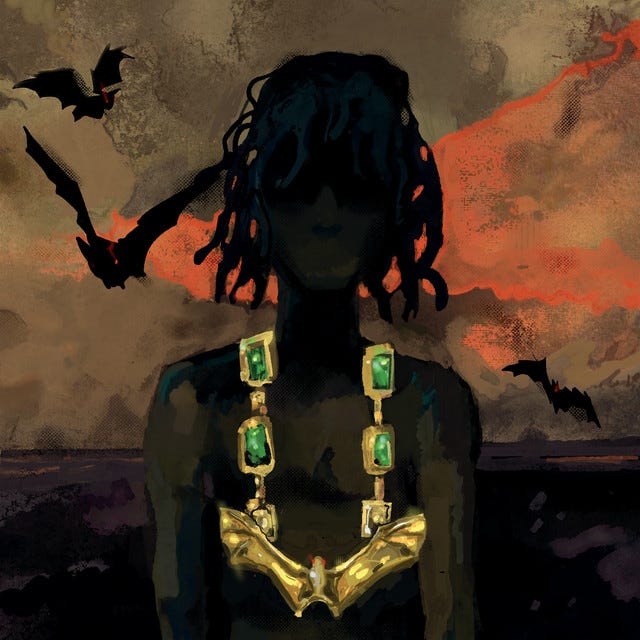
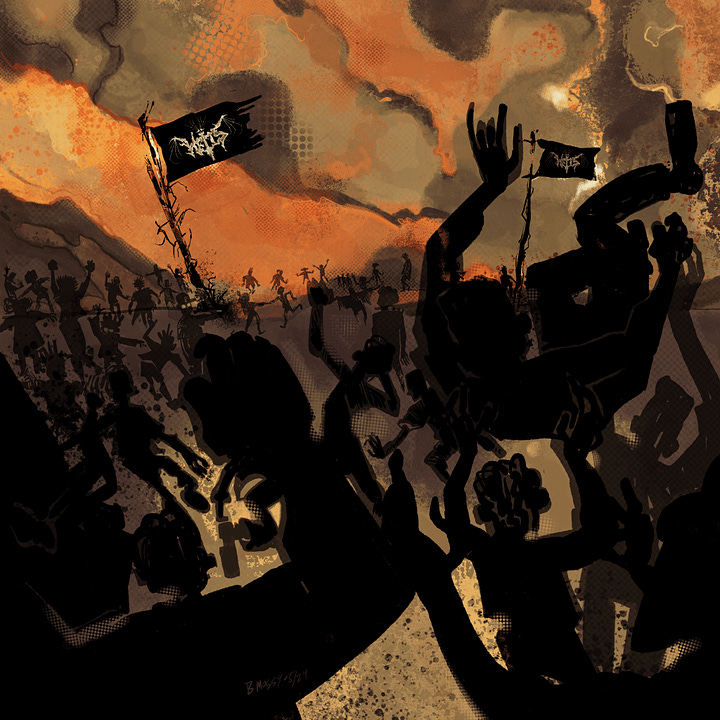
The album, he notes, needed to happen in 2024 because he was born in [the year 2000] a Dragon year — a concept rooted in the Chinese zodiac related to the Chinese calendar. “I hinted the dragon in Bounce cover art (which was the first song I teased the concept of my RAGE).” According to Chinese astrology, individuals born in the year of the dragon are often described as energetic, intelligent, and powerful.
Read Also
He further explained that the artworks that ushered in HEIS, his second studio album, reflected the death and evolution of the innocent and sweet boy that made Rave and Roses, his first album. “I showed signs from the Artworks leading to Ravage how my innocence (teddy bear & roses) was dying. In these covers the Teddy was either found in grave sites, burning, stabbed with arrows, trunks, surrounded with swords etc.,” he explained. “The roses were always found burning but I guessed y’all missed the message.”
He added, “On ‘Ravage’ cover art I showed you a brain with a glowing Pineal gland to hint an Awakening, and if you look close there’s a thin layer of hair connected to the brain from a ‘dead man riding a horse’ hinting the journey to resurrection, Divination & Ego death.”
Read Also
According to him, “Other hints are in ‘Rave & Roses Ultra’ Cover Art with symbols like skeleton riding a horse, the circle of life & mushrooms which grows after a living organism dies (extra hints are the dead versions of Rema in soundgasm cover art surrounding the mushroom).”
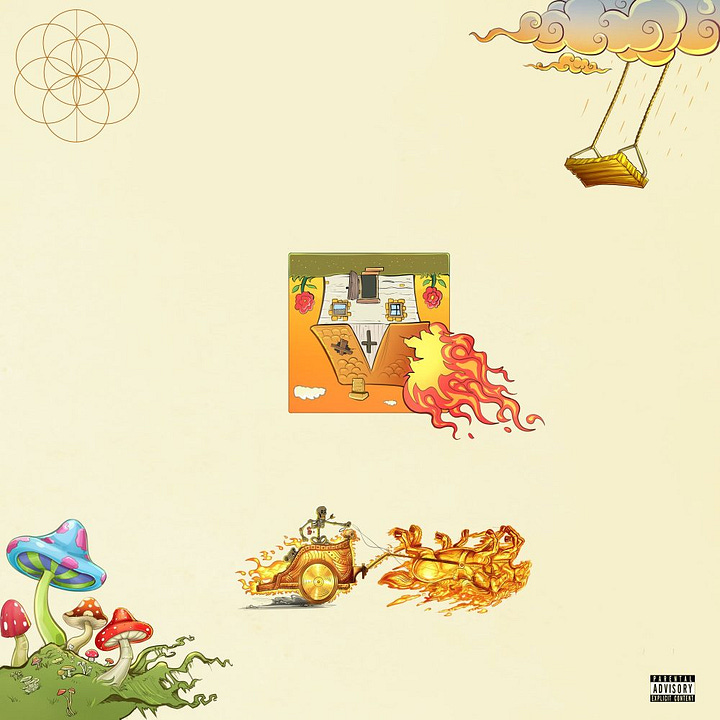
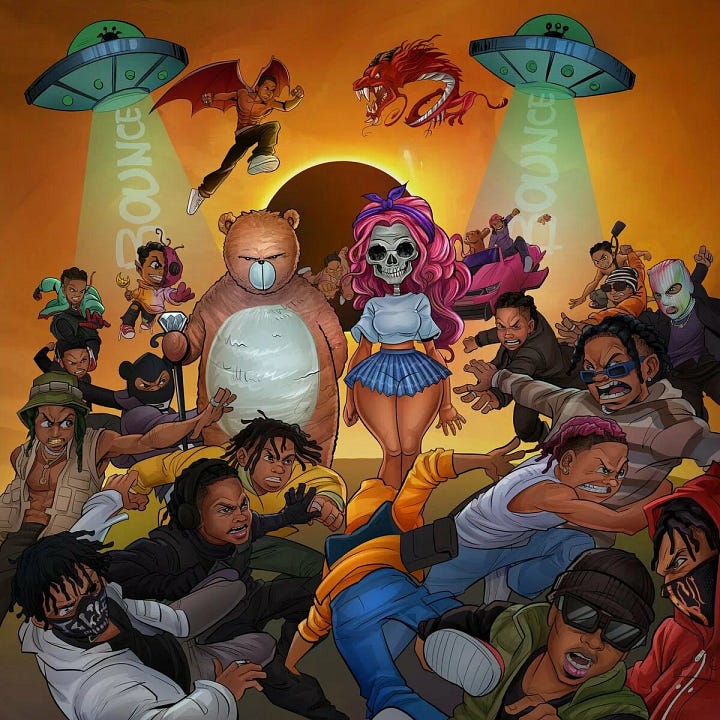
The album cover for HEIS, Rema notes, was inspired by Itachi in Naruto. “The Truth masked as illusion, Love buried under what y’all thought was betrayal (change of sound, smoking, looks, aesthetics & choice of color),” he shared.
Read Also
In one post, he noted that he told the label that the album didn’t need a fancy roll out. “It needed to feel like an underground project from an underground Artist. Only the core Ravers can carry this weight,” he shared.
The project, he says, was not for surface level supporters here for the ‘good time’. “I know how well they switch up when you don’t feed them their dopamine.” he explains. “This is for the people who are here for the ‘story’. I limited it as much as I could, no CD’s, merch or Vinyls yet. It didn’t need to feel sold, it needed to be discovered, hated, loved & respected in its own front.”
Upon release, “HEIS” broke the record for the biggest first day streams of a Nigerian album on Spotify at the time and emerged as one of the most streamed Nigerian albums on the platform in 2024, according to Mavin Records.
“HEIS did everything I wanted it to do,” Rema declared. “Culturally HEIS needed to happen...Who else could’ve done it? HOW DID MY LEAST STREAMING ALBUM PACK OUT EVERY SHOW? Did I crack a matrix code there? Is HEIS a phase or is it who I truly am?”
Acknowledging his true fans, he wrote, “True Ravers did play their roles while I walked this path. It cut through deep beyond music, y’all even pulled up to the shows on ALL BLACK outfits, leather boots & raged with me.”
He concluded, “Thanks to the peters, the John’s, the Thomas’s & the Judas who betrayed the course. You were all part of this story, Now I know.”
While a number of his fans who fell in love with his young, naïve, innocent, and teddy bear-carrying aesthetic are still stuck in that era, this author’s note puts a stamp on the closure of that era of his career as he evolves into a more energetic and bold young man carrying a lot rage.





